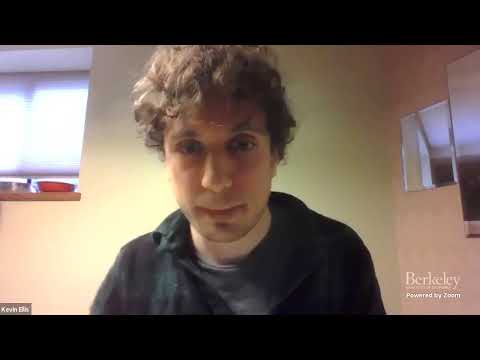Description:
Explore a comprehensive lecture on DreamCoder, a system for bootstrapping inductive program synthesis through wake-sleep library learning. Delve into the premise of program induction, its applications in visual programming and code writing, and the concept of library learning as Bayesian inference. Examine how neural recognition models guide the search process and discover the domains where DreamCoder excels, including LOGO Turtle Graphics. Investigate the system's dreaming process before and after learning, its application in planning tower construction, and the synergy between recognition models and library learning. Gain insights into the growth of languages for vector algebra, physics, and recursive programming, concluding with valuable lessons from this innovative approach to program synthesis.

Dreamcoder- Bootstrapping Inductive Program Synthesis With Wake-Sleep Library Learning
Add to list
#Computer Science
#Artificial Intelligence
#Machine Learning
#Mathematics
#Statistics & Probability
#Bayesian Statistics
#Bayesian Inference